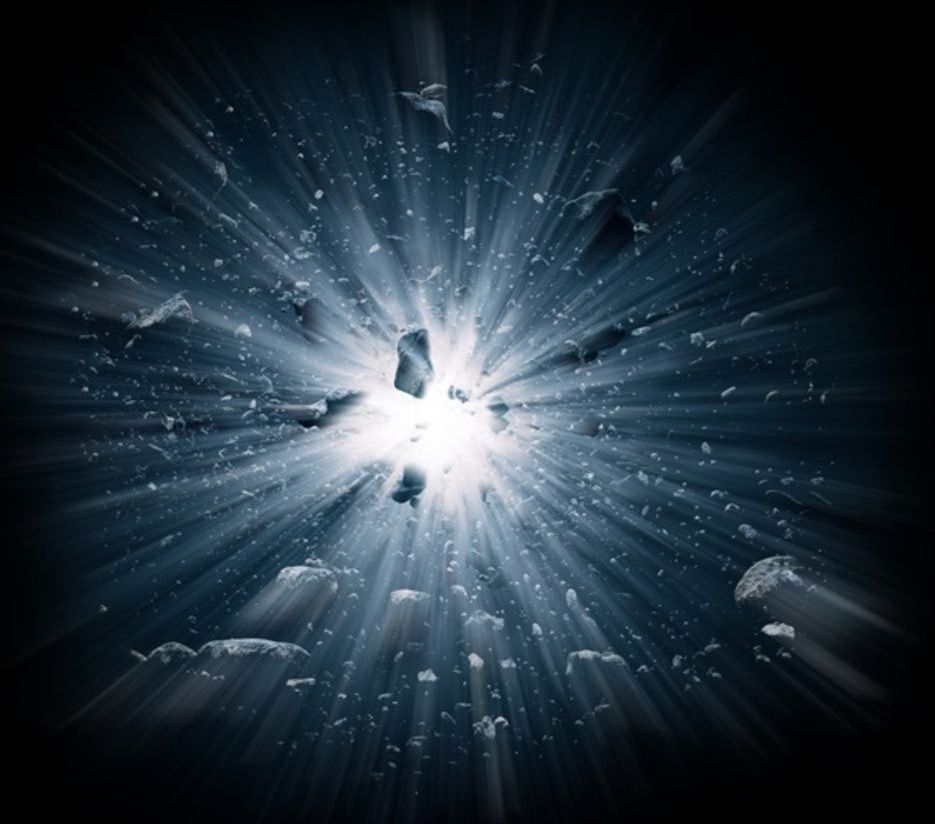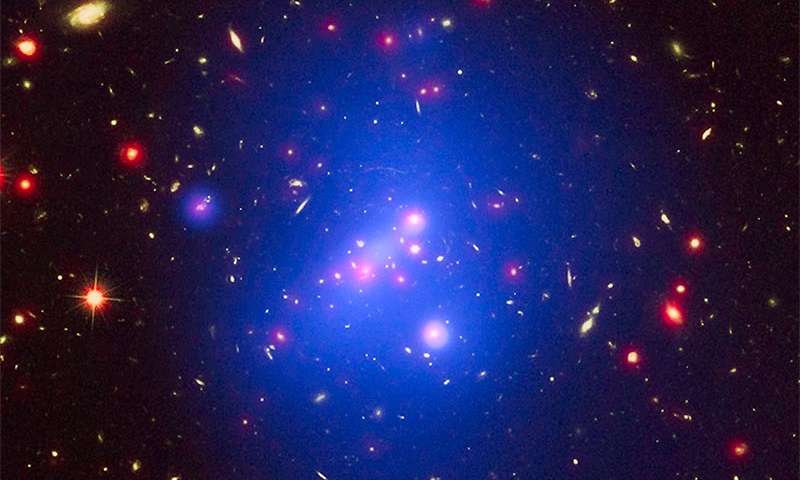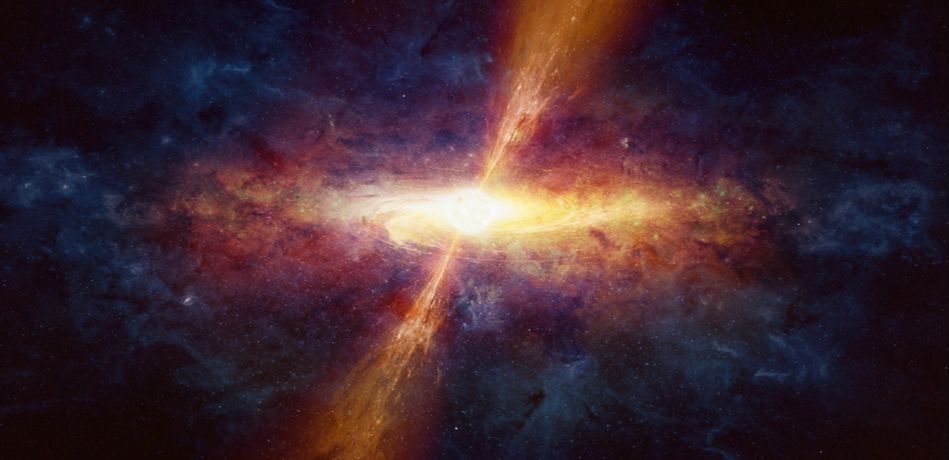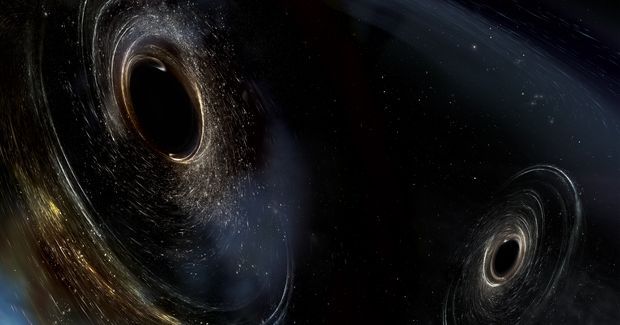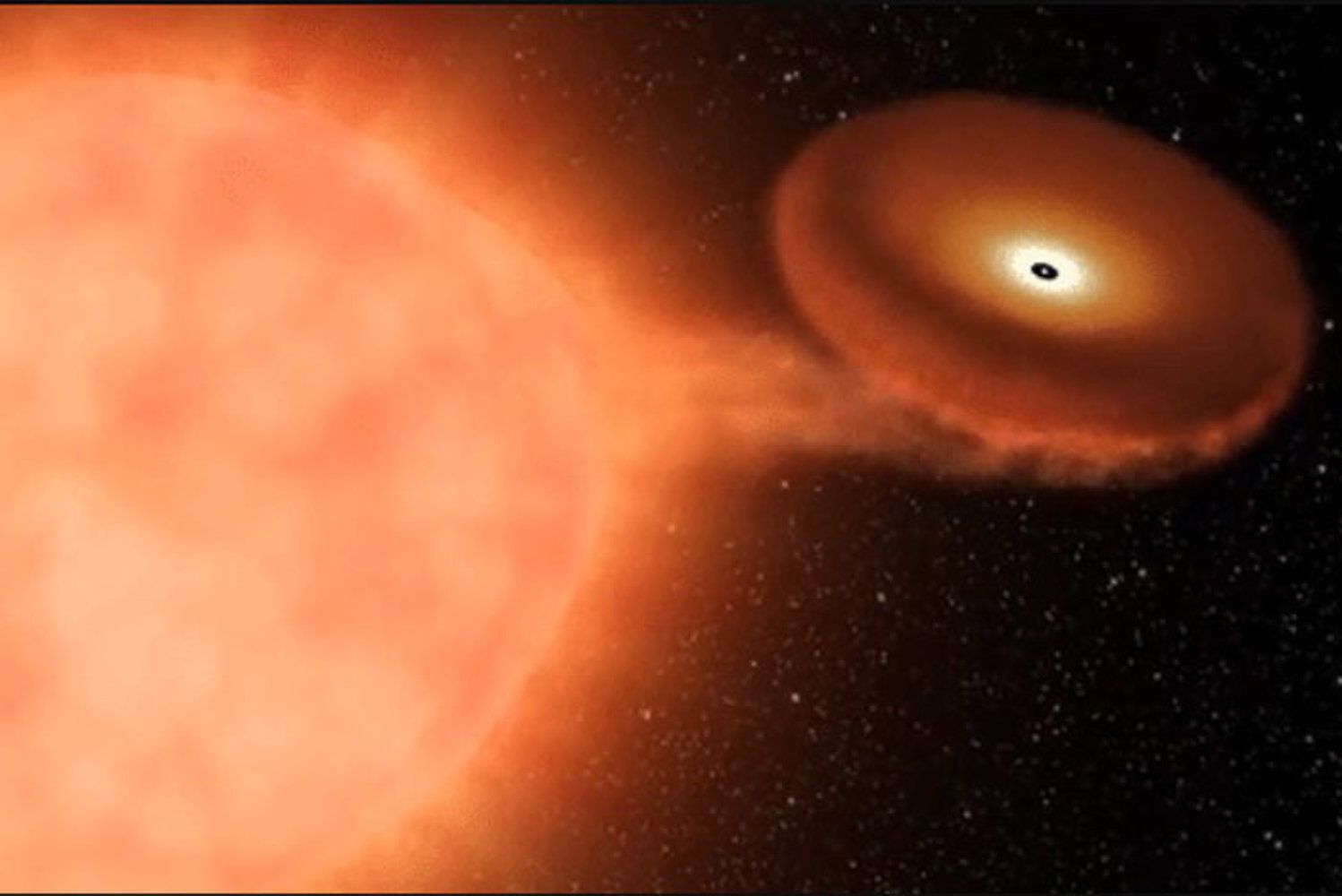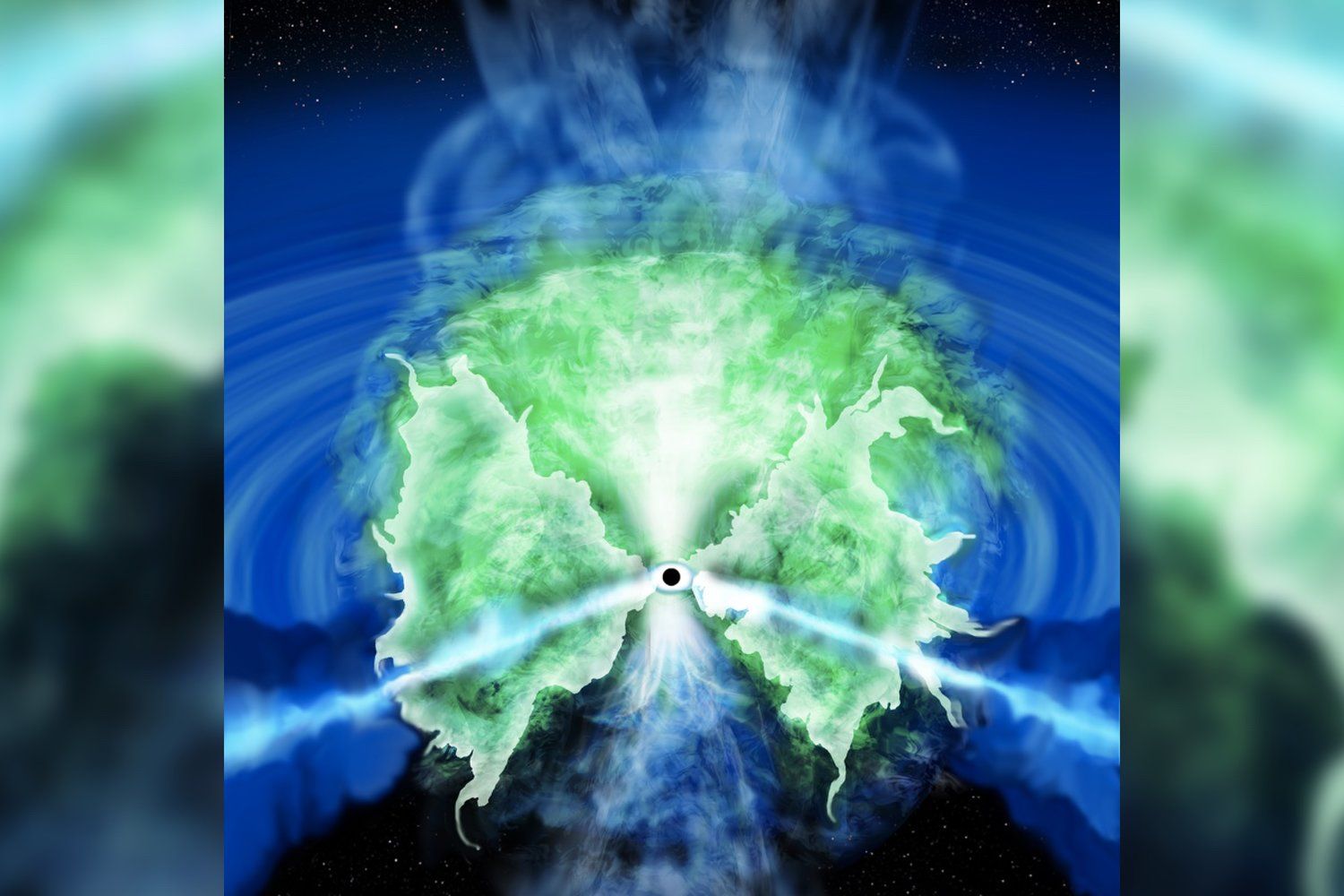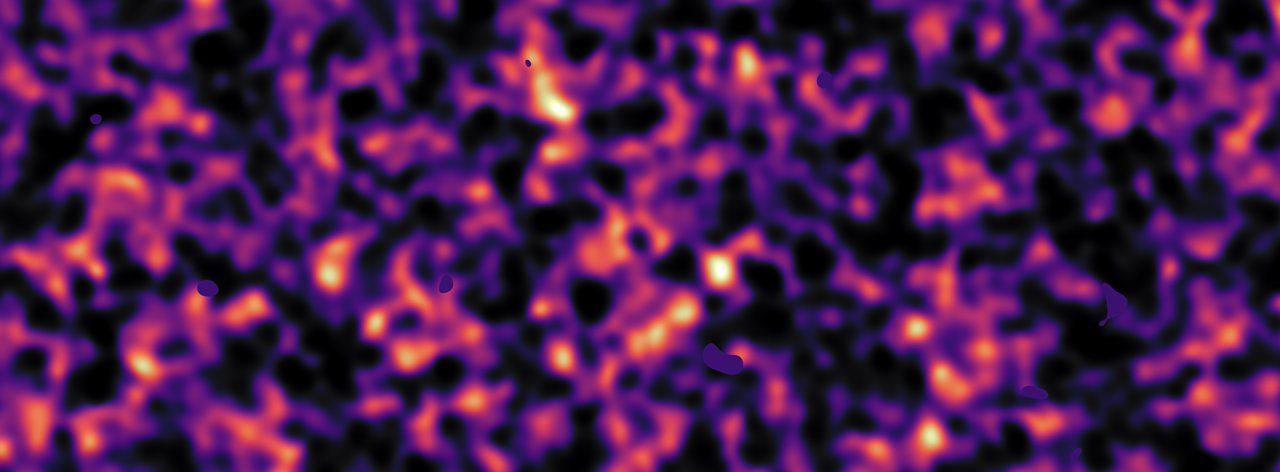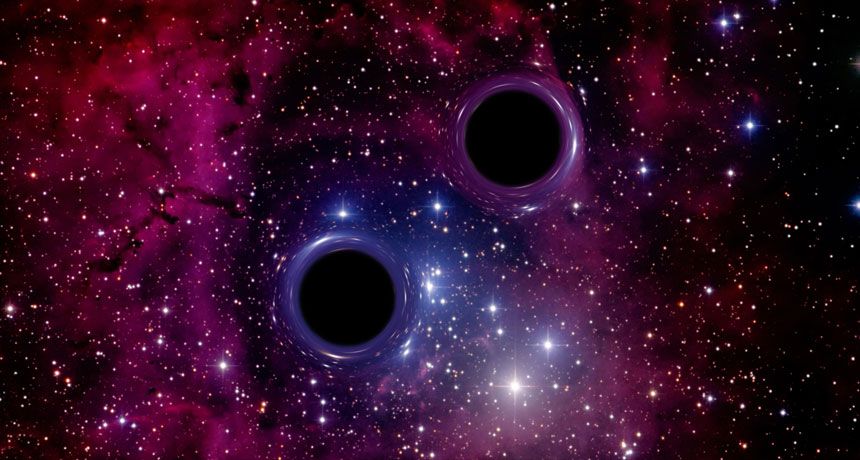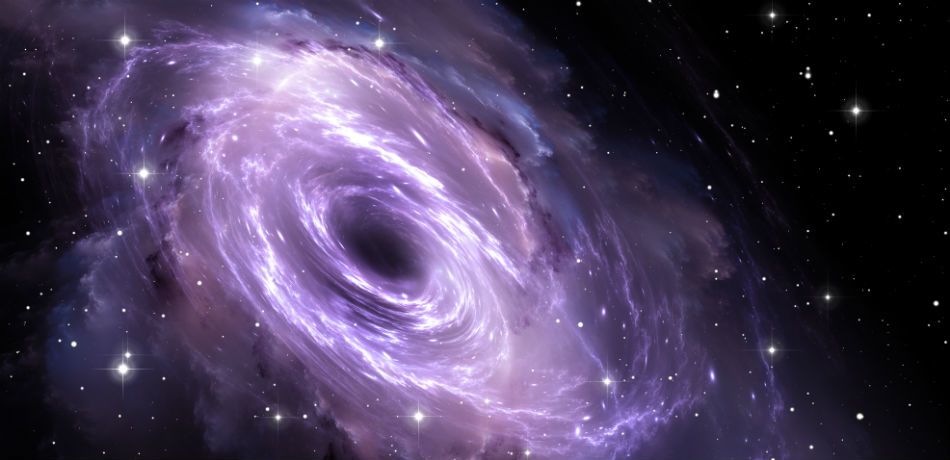Archive for the ‘cosmology’ category: Page 358
Dec 10, 2018
Physics Suggests That Our Dreams Might Be Glimpses Of Other Dimensions
Posted by Victoria Generao in categories: cosmology, physics
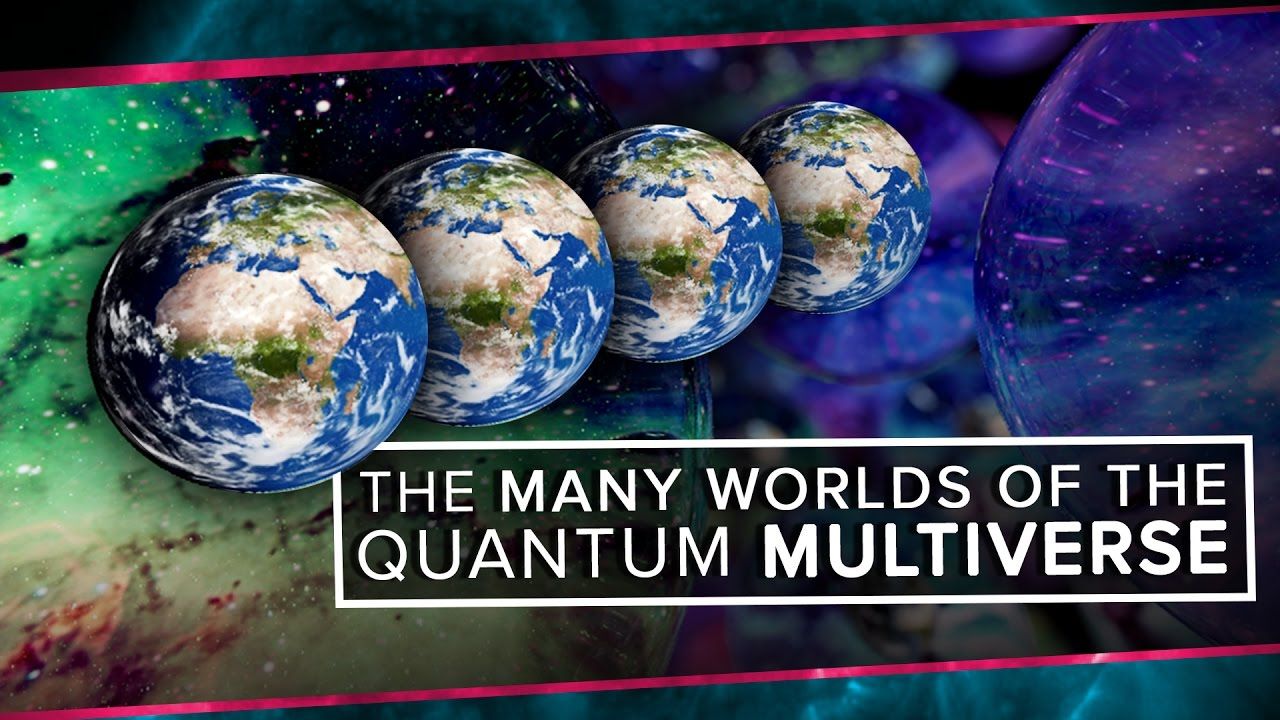
If you have ever looked into the ‘many world’s theory’ you know that the world we live in is quite possibly one of many. Regardless of the multiverse hypotheses, you choose to follow/look into each one is truly fascinating for a number of reasons.
Basically, most of them touch on how there are many different worlds, universes, dimensions, or whatever you would like to call them. Each one the same as our own but also different in some way. For instance, in another world, you might be living the same life as you are now but perhaps politics had gone in a different direction. Maybe all of the presidents that were elected here in the US were opposite from how they are in our world. Maybe everything is the same except for you have different colored hair? The differences between worlds could be minuscule or extreme, it all varies.
Continue reading “Physics Suggests That Our Dreams Might Be Glimpses Of Other Dimensions” »
Dec 9, 2018
Wind From A Distant Black Hole Spotted 228,000 Light-Years Away From Its Galaxy
Posted by Genevieve Klien in category: cosmology
This is the farthest away that black hole wind has ever been known to extend.
Astronomers studying the universe’s first light — the light from the first stars, which ignited nearly 14 billion years ago, according to the European Southern Observatory (ESO) — have made an unexpected discovery.
While scouring the distant cosmos with the Atacama Large Millimeter/submillimeter Array (ALMA) in northern Chile, the scientists came across a streak of thermal wind spewed from a far-flung black hole, which had traveled a staggering distance from the galaxy where it originated.
Continue reading “Wind From A Distant Black Hole Spotted 228,000 Light-Years Away From Its Galaxy” »
Dec 8, 2018
Ancient black hole collision is the most massive researchers have ever observed
Posted by Michael Lance in category: cosmology
The discovery of three other black hole collisions were announced at the same time.
The best is yet to come.
Dec 7, 2018
Kepler Telescope Captures First Moments of a Star’s Death
Posted by Alberto Lao in category: cosmology
Using NASA’s Kepler space telescope, astronomers detected the light of a supernova called SN 2018oh, which exploded about 170 million years ago.
Dec 6, 2018
Astronomers Think They’ve Figured Out the Raging Swirls of Gas Around Supermassive Black Holes
Posted by Genevieve Klien in categories: cosmology, physics
There are churning, hellish, hot-and-cold gas storms swirling around our universe’s supermassive black holes. But the scientists who discovered them would prefer you call them “fountains.”
That’s a change from “donuts,” the term researchers previously used to describe the roiling masses. But a paper published Oct. 30 in The Astrophysical Journal reveals that the donut model of the mass around black holes may have been too simplistic.
About two decades ago, researchers noticed that the monster black holes at the centers of galaxies tended to be obscured by clouds of matter — matter that wasn’t falling into the black holes but rather circulating nearby. But astronomers couldn’t get a clear look at those clouds. They were able to simulate the currents around black holes, though, as in this example published in The Astrophysical Journal Letters in 2002, and they concluded that those clouds were donut-shaped — gas falling toward the black hole, getting heated up by proximity and bouncing away, only to fall back toward it again.[What’s That? Your Physics Questions Answered].
Dec 5, 2018
Bringing balance to the universe: New theory could explain missing 95 percent of the cosmos
Posted by Saúl Morales Rodriguéz in categories: cosmology, physics
Scientists at the University of Oxford may have solved one of the biggest questions in modern physics, with a new paper unifying dark matter and dark energy into a single phenomenon: a fluid which possesses ‘negative mass.” If you were to push a negative mass, it would accelerate towards you. This astonishing new theory may also prove right a prediction that Einstein made 100 years ago.
Our current, widely recognised model of the Universe, called LambdaCDM, tells us nothing about what dark matter and dark energy are like physically. We only know about them because of the gravitational effects they have on other, observable matter.
This new model, published today in Astronomy and Astrophysics, by Dr. Jamie Farnes from the Oxford e-Research Centre, Department of Engineering Science, offers a new explanation. Dr. Farnes says: “We now think that both dark matter and dark energy can be unified into a fluid which possesses a type of ‘negative gravity,” repelling all other material around them. Although this matter is peculiar to us, it suggests that our cosmos is symmetrical in both positive and negative qualities.”
Dec 5, 2018
Scientists’ collection of gravitational waves just got a lot bigger
Posted by Saúl Morales Rodriguéz in categories: cosmology, physics
Dec 4, 2018
Physicists Have Announced The Discovery Of Four Black Hole Mergers After Observation Of Gravitational Waves
Posted by Genevieve Klien in categories: cosmology, physics
Physicists creating the Gravitational Wave Transient Catalog have discovered four new black hole mergers through the detection of gravitational waves.
Over the weekend in Maryland, physicists involved in the Virgo and LIGO project made the exciting announcement that they had discovered four completely new black hole mergers which came about after gravitational waves were detected around these black holes. This includes what is thought to be the largest black hole collision that we currently know about, which occurred a whopping 5 billion years ago. This monstrous collision created a black hole so big that it is 80 times larger than the sun.
As Ars Technica reports, the four new black hole mergers that have been discovered will be included in a very special piece of research known as the Gravitational Wave Transient Catalog, or GWTC-1, whose aim will be to report on gravitational wave events like these and document them thoroughly. Including the four new black hole mergers that were just detected, there will now be 11 gravitational wave events to catalog.
